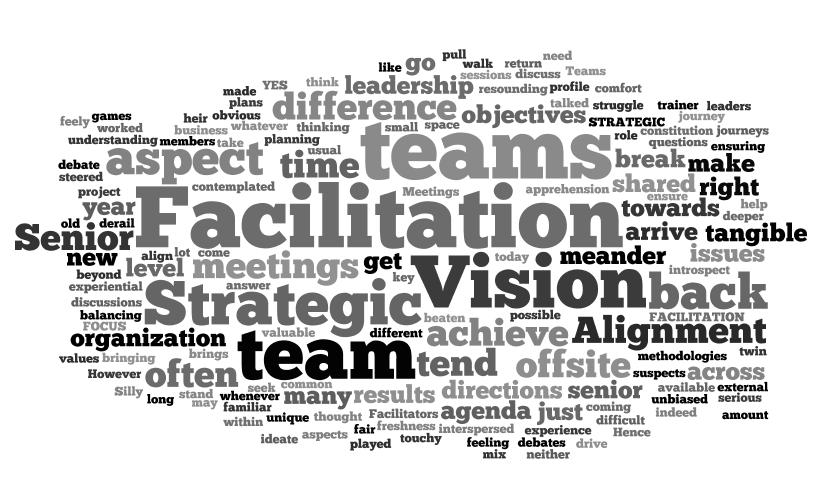In my last post on ‘The Art of Co-Facilitation’ I talked about Co-Facilitation, its types, advantages and potential disadvantages. A co-facilitation program is very different than conducting a solo program as a lot of planning and co-ordination needs to be done with the partner facilitator. Following are some quick tips for an awesome Co-Facilitation: Before the Program Plan and Document: This is the first step before every program. Write down the plan on a piece of paper or a word document. Make sure your plan includes the agenda, session plan, time allocation and key deliverables by each of the facilitators. With this the co-facilitators can further plan their individual sessions, who’ll take lead on which part of the program, and who will be responsible for logistics. Share Expectations: Before you go for the program you need to share your expectations with your co-facilitator as he may have a different understanding of the co-facilitation and any disconnect between co-facilitators lead to conflict and ruining the program. Leveraging Strengths: Co-facilitators may have different styles and capabilities. You must discuss your strengths and weaknesses and plan how you can leverage on each other’s strengths to run the program successfully. Practice: Practice gives real time feedback on the flow and various other aspects of running a co-facilitated program. It helps in testing assumptions and fixing the time for various interventions. Doing this actually helps you to intervene if your co-facilitator deviates from the plan. Inspect the venue: Have a look at the venue and check the sitting arrangement, various logistics, sitting arrangement for the co-facilitator. During the Program Support your co-facilitator: While your co-facilitator is conducting an activity you need to pay attention as he may need some props or your help to keep scores etc. or you may write on the white board while your partner is having some discussion with the participants or you may help your co-facilitator in distributing handouts/books etc. Neither interfere nor contradict: Very basic but very important. Neither interfere while your co-facilitator is conducting some activity nor contradict him (unless it’s critical for learning). I strongly recommend when one facilitator is conducting his part of the program the co-facilitator should be out of the sight of the participants as if both of the facilitators will be there the participants may find it difficult to focus on the one who’ll be running the program. The other co-facilitator should be on the stage only if there’s some activity or he’s assisting the lead facilitator of that part of the program. Stay on time: Remember you can finish the program in designated time only if both the facilitators stay on time. If one facilitator takes more time than what is allocated, it may impact the other facilitator activity and overall program. Team Work: Co-facilitation is all about team work and you can’t be successful if your co-facilitator fails. Support each other and help each other to play your roles well. The best learning and memory you can give is of a great team work. After the Program Share feedback: It’s very important to ask and share feedback. You may ask your co-facilitator what went well? What didn’t work as planned? What is the biggest learning? How differently would you run the program during next co-facilitation? Note down the responses and refer to these when you co-facilitate another training program. Take care of the logistics: Check out the status of the logistics. There may be times when you have a lot of unused training material and you may have to courier it back. Also the attendance and other training records needs to be e-mailed and there could be follow-ups with the clients. Co-facilitators can divide and finish the tasks. Hope these two posts will help you conduct an awesome co-facilitation program. Feel free to share your experience/feedback.
Tips For An Awesome Co-Facilitation (Last post of the series)

